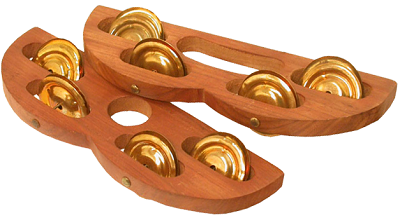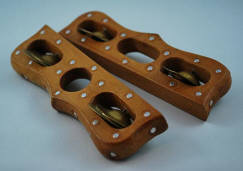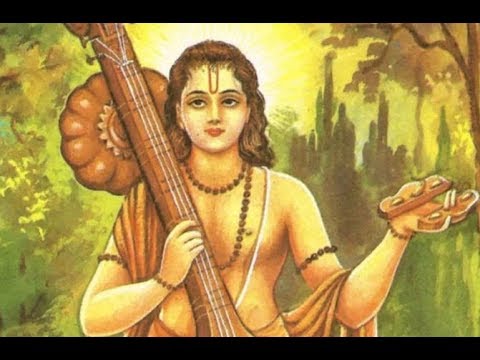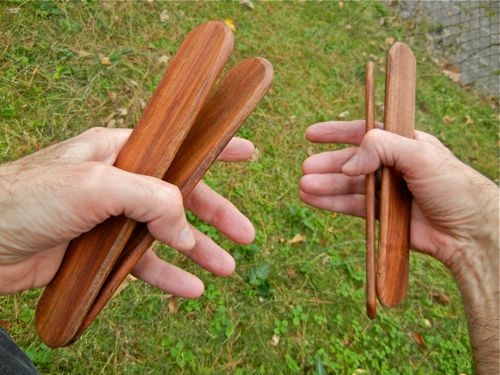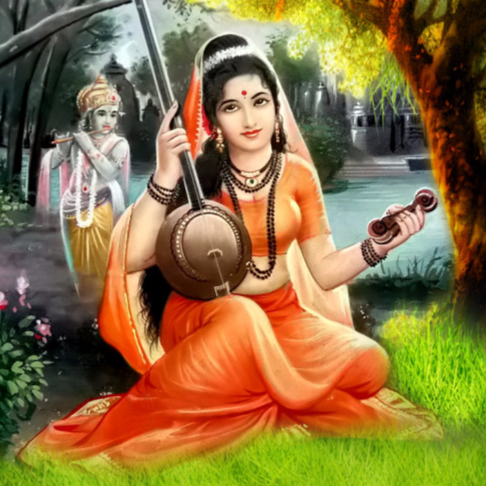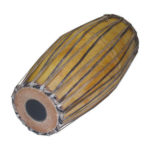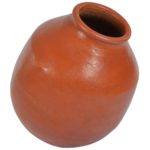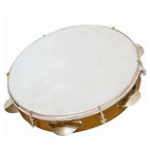Continuing our Series on Carnatic Classical Instruments is an ancient athodya that sets the beat at Hindustani jugalbandis. After preceding articles on the Veena, Venu, and Mrdangam, is today’s post on a vaadhya that has nearly been forgotten.
The next Installment covers an instrument that is synonymous with devotional music and yet can be played as part of an ensemble: Karathaala.
Introduction
As stated previously, the Musical instrument (Aathodhya or Vaadhya) [2,110] in our Classical Indic Music is of four kinds: Thatha vaadhyam, Sushira vaadhyam, Avanatta vaadhyam, and Ghana vaadhyam. “They are respectively called stringed instruments, thulai (hole) instruments, leather instruments and metal instruments.”[1, 97]
However, there is a more recent and more precise characterisations of these divisions. They are as follows: Chordophones (string), Aerophones (wind), Membranophones (covered), and Idiophones (metal/wood). An Idiophone is a resonating instrument that is played by striking it against itself. This western musicological classification list corresponds with the traditional Indian one above.
Karathaala, is therefore, an age-old Idiophone, and thus, a Ghana Vaadhyam. Though it can be made with metal, what makes the basic wooden version of it a ghana vaadhya is that it is not covered with a cloth or leather as the Avanatta vaadhya is.
The Karathaala comes in a male and female pair. Not to characterise on the basis of gender roles, but the male version is slightly larger/thicker, and is thrust against the female version.
History
By some accounts, Karathaala is considered the most ancient percussion instrument. If naadha (through naadhabrahma) is the most ancient sound, then its most antique accompaniment is through the beat of a wooden block.
Narada Muni is most associated with the use of this instrument. This son of Brahma sings the glories of Vishnu throughout the Cosmos. He can be seen here in this celebrated song from Bhookailas, using the instruments to lovely effect.
Moving from Purana to Charitra, the historical basis for the karathaala can be found in its etymology.
It comes from the sanskrit word for hand (kara) and rhythm/beat (thaala). This is seen in modern shuddh hindi, which retains the same meaning. In fact, it is in Rajasthani Janapada Sangeeta (Folk Music) that it is used to maximum effect even today.
Interestingly enough, one theory asserts that the Gypsy people originally hail from Northwestern India, and likely even, Rajasthan. This has additional historical implications to not only a janya vaadhya of the karathaala, but even a new form of music.
Castanets
https://twitter.com/AndhraPortal/status/885704132157292544
The Karathaala’s journey is a veritable allegory for the overarching and widespread influence of Classical Indian Music. Nothing embodies this more than the central place of castanets in Spanish Flamenco Music.
The Bittersweet travails of the Gypsies (more correctly known as Roma/Dom) provides the scintillating undercurrent behind some of the most beautiful instrumentals in the world. It is unsurprising, therefore, that this oft-oppressed and Nazi genocided people trace their heritage back to India.
Said to have migrated to Europe, this community of Musicians and Soothsayers soon suffered under the tumult of Medieval Invasions, and marched Westward, from Northwest India to Persia to Egypt, and ultimately Europe. They made their way to Spain where Flamenco music is celebrated to this day, and epitomised by the Gipsy Kings (castanets are clearly audible in the background).
https://www.youtube.com/watch?v=s_83tDfVuHY
If Flamenco Music represents a blend of different cultural strands, the castanets are a clear descendant of the ancient Karathaala. But, they have become their own brand, and are now an inextricable part of Spanish/Roma heritage. What of the traditional Indian Karathaala, and its various varieties?
Types
 The standard karathaala is a simple percussion device made from sanded wooden planks. However, there are three basic variations of it:
The standard karathaala is a simple percussion device made from sanded wooden planks. However, there are three basic variations of it:
“1. Kartals (blocks). It consists of a pair of wooden blocks with jingles or crotales (kartals mean crotales). One pair is used in one hand of the musician. These pieces can be clapped together at high speeds to make fast complex beats.
2. Kartals (small sheets). It consists of a pair of thin, hard wooden pieces similar to the percussion bones (instrument). These are used in Rajasthan.
3. Kartals (cymbals). The karatalas are small cymbals, also known as manjeera. These are used in devotional chants.
In Maharashtra Kartals are better known as Chipdya. It is commonly used in religious song like Kirtans an Bhajans.
In Telugu language, the word Karatāḷa Dhvani is most commonly used for sound produced from clapping hands.” [4]
Process
The Karathaala can be made from any wood, though it is typically made from teak. It is often perforated with metal, or made from metal itself. Some versions are even made from ivory.
Some artisans even specialise in making it from scratch, and you can support them today.
Legacy
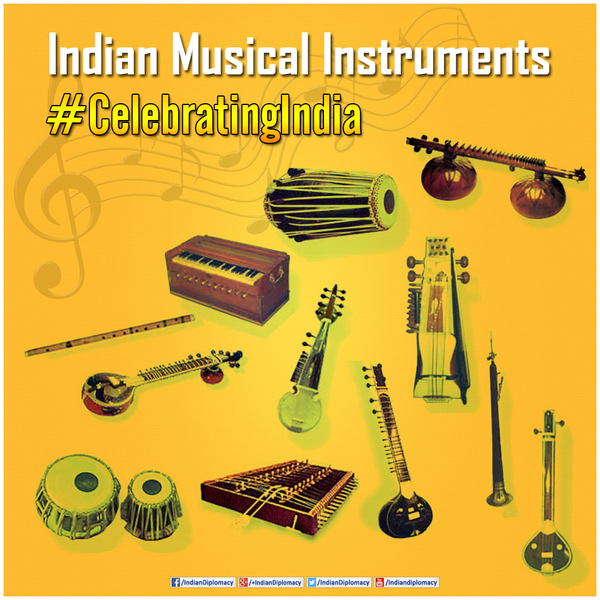
From Narada Muni to Rajasthani Folk Musicians to the Gipsy Kings, the Karathaala is a magnificent instrument only surpassed by its magnificent simplicity. From devotional bhakti music to recreational vinodham music, it sets the beat for serious sangeeta (whether classical or folk or north or south).
In fact, what our Tollywood obsessed masses may forget, is that the Karathaala is still actively used today, by our own traditional Haridasu. Most commonly seen during Sankranthi, these wonderful bhakti artists retain our timeless mass culture and native instrumentation, even in these difficult post-modern times. Here is a performance by one below, clearly using a very large and prominent type of karathaala.
This Makar Sankranthi, please give you patronage or simple support to these bearers of a declining artform.
Narada muni may be the most famous of archetypal Haridasus, but Haridasus aren’t the only ones maintaining this heritage. Unsurprisingly, Gaudiya Vaishnavites (i.e. ‘Hare Krishnas’ tracing their lineage to Swami Prabhupada and Chaitanya Mahaprabhu) also use it to this day, during keerthana.
In any event, here is a concise (but by no means complete) list of well-known players of the Karathaala, or Khartal. The most famous ‘historical’ figure, was a Rajasthani Princess known to all today.
Famous Players
Meerabai
Langa Tribe
Manganiar Tribe
Hansraj
Bhugda Khan
Kabir Das Sant
Future
Easily adapted into any musical genre, the Karathaala is ideal for fusion efforts. nevertheless, it is best suited to traditional formats, and should be given patronage by modern vaadhyakaaras, rasikas, and sahrdayas alike. Whether it can play a more prominent role in the Carnatic kutapa remains to be seen.
In any event, if you are looking for an easy place to start learning Classical Indian Instruments, look no further than the Karathaala.
References:
- Iyer, A.S. Panchapakesa.Karnataka Sangeeta Sastra: Theory of Carnatic Music.
- Appa Rao, P.S.R & P. Sri Rama Sastry. A Monography on Bharata’s Natya Sastra. Hyderabad: Natyakala Press. 1967.P.110-112
- Pappu, Venugopala Rao. Nrtta Ratnavali of Jaya Senapati. Kakatiya Heritage Trust. 2013.
- Indian Music School. http://indianmusicschool.com/khartal/
